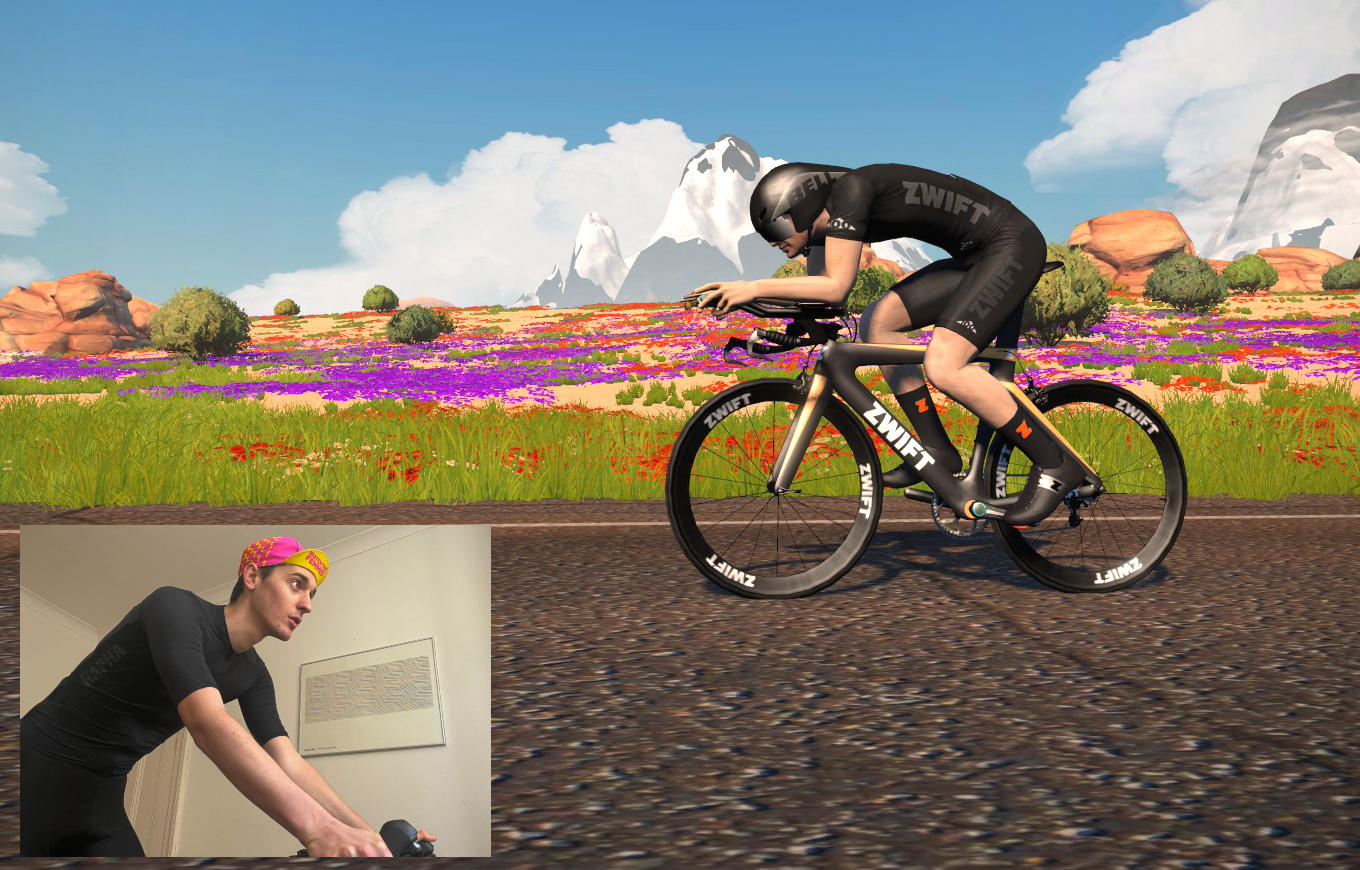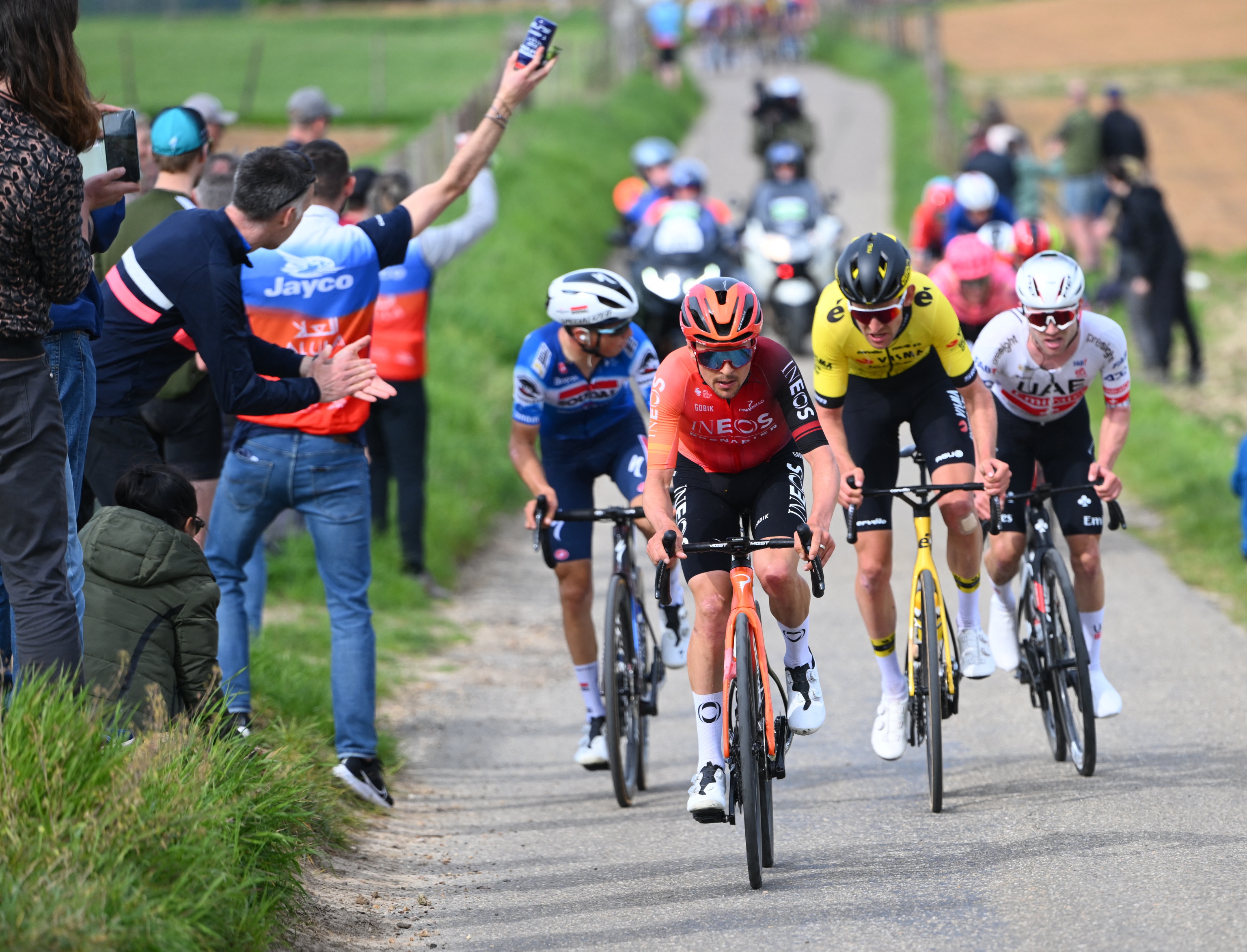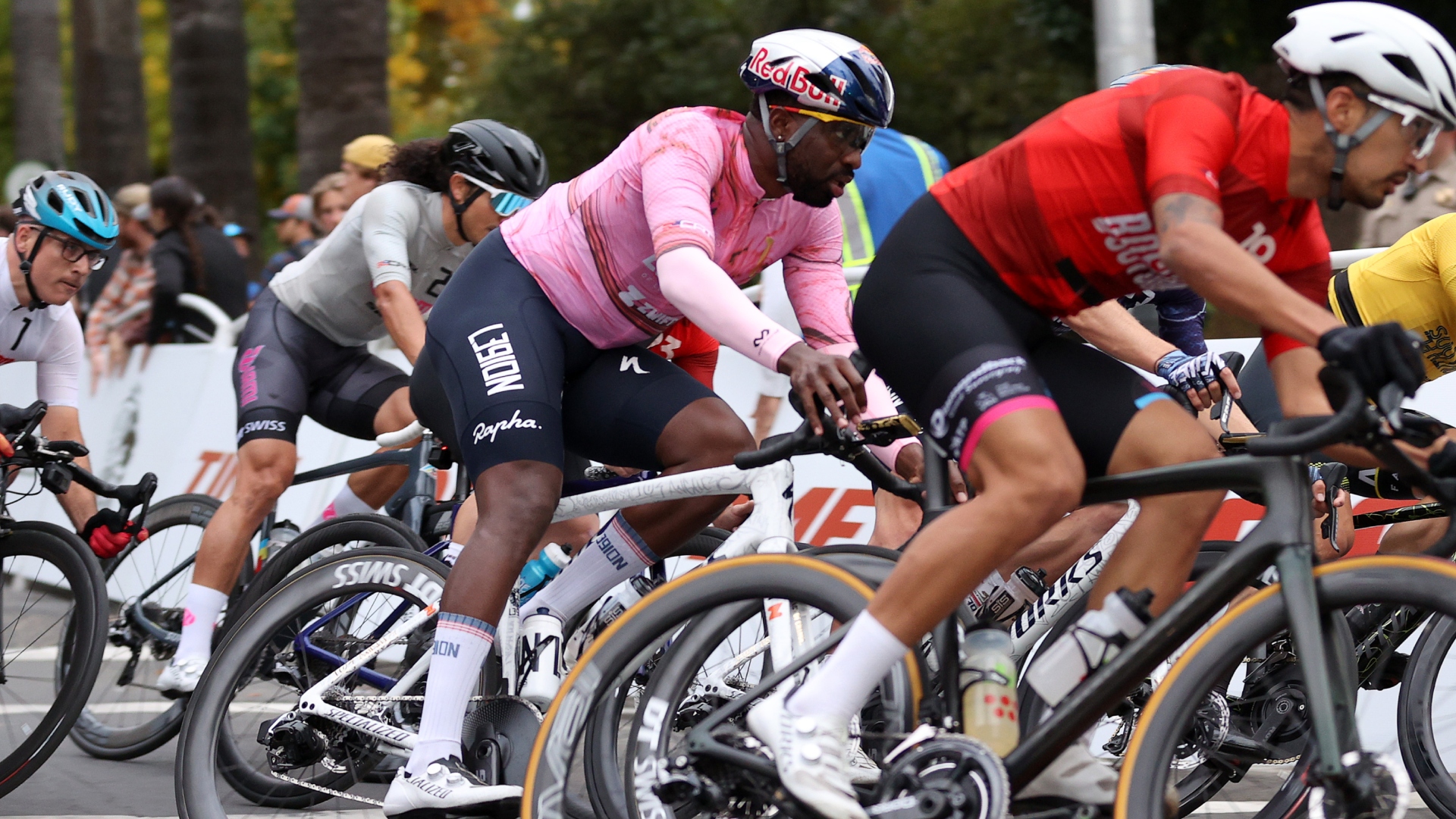My best winter ever: How I'm going to win a 10-mile TT on Zwift with little base fitness
With a bellyful of toast, I battled through my first-ever FTP test, and there’s room for improvement


Winter miles mean summer smiles, or so the mantra goes. Not that I’ve ever lived by it.
When the clocks turn back and the cold sets in, I’m normally content to part with my fitness, and wind down for a season on the sofa. Goodbye muscle definition, I say, I’ll see you in April.
This year, I’ve decided, will be different. This year I’m getting fitter than I’ve ever been. Not only that, but I’m going to achieve something. I’m going to win the Cycling Weekly 10-mile time trial on Zwift.
I’ve worked for Cycling Weekly for over a year now, and every week I marvel at the page in the magazine where we list the top 10 riders in our virtual time trial. The names appear proudly in a box, surrounded by those of the best road racers in the domestic scene.
I never raced bikes as a kid - I played football to a mediocre standard - so the idea of excelling at a sport, and, from a purely egotistical perspective, having my name in the results pages of the magazine, serve as great inspiration. Now, Zwift has given me the chance to do it.
I should admit, this is my first time using an indoor trainer. I’ve never used a power meter, either - I’ve always just gone off the philosophy that an average speed of 30km/h is decent. Virtual cycling is uncharted territory for me. And still, with an old pair of bib shorts and shoes that are too tight, I feel like a brave explorer as I head towards Watopia.
My first challenge is to set the whole thing up. My trainer arrives in a big orange box, with the words ‘Watopia is waiting’ scribed on top. When I unwrap the contents, I assume there has been an error. Why is there only one cog? How am I possibly going to win the TT on a single-speed? Fortunately, my colleagues in our tech department are at hand to dissipate my idiotic panic.
Get The Leadout Newsletter
The latest race content, interviews, features, reviews and expert buying guides, direct to your inbox!
I am using Zwift’s new Hub One, an indoor trainer that waves away with cassettes. Instead of raking my chain up and down the gears, my bike will shift virtually, with the help of satellite buttons. Now that I understand it, I like the idea a lot.
Connecting everything is a breeze, too. I was expecting to have a battle with all the equipment (I have a bluetooth speaker that shouts “waiting to pair” but puts little effort in to doing so). Instead, as I boot up the Zwift app, everything connects automatically. I’m ready to spin.
With no numbers to go off, my first stop is a functional threshold power (FTP) test. This will tell me the highest wattage I can sustain on the bike, and give me a basis for my workouts.
I can test it in two main ways; either with a 20-minute max effort or with a ramp test, which gradually raises the watts until they are impossible to hold. Ramps are fun, I figure, so I opt for the latter.
Zwift lets me choose a map - a virtual realm in which to cycle - and I go for the London loop to give me a hint of the familiar in what is certain to prove a very alien experience.
I should caveat this whole thing here by saying I haven’t really ridden a bike in a while. A little over a month ago, my brother thundered into the back of me at a zebra crossing and dented my seatstay (we’ve made peace, it’s ok). I rushed to a bike shop, where a mechanic told me my bike was “not road safe”, so it sat injured in my bedroom for a few weeks. £1,000 and a new frame later, and I’m back in the game.
Anyway, back to the ramp test. Barely an hour has passed since I ate my last piece of Marmite toast. I have never done an FTP test before, but my instincts tell me it’s a three-slice job.
Zwift gives me five minutes to warm up, before the efforts begin. I start with a minute at 100 watts. Easy. Each minute thereafter, the demand cranks up 20 watts, and I try, and fail, to keep a constant cadence.
Too much power, Zwift tells me. I ease off. Too little power, it says. I am locked in a face-off with the cycling world’s Goldilocks, and I’m about to lose. As the power reaches 240 watts, beads of sweat drop onto my headtube. 280 watts and my arms, which are weak at the best of times, tremble in agony. I thrash hopelessly through the pedals, and growl at myself for being so stupid as to forget a towel. The test tips over 320 watts and I fold. I can’t take it anymore.
Dazed, I look down at my thighs, expecting the muscles to bulge in a cartoonish way. They do not, but the endorphins are kicking in and I feel great.
Then comes my score.
A number flashes on my screen. 252 watts. That’s pretty good, I think. But I need the wider picture.
I search for Cycling Weekly’s FTP guide to see where my results place me among the mortals. As I scroll through the list of score brackets, I become increasingly disheartened. World class? No. Exceptional? No. Surely I can’t be below ‘good’, I say to myself.
Well, according to the guide, my power numbers put me in the ‘moderate men’ category. In six weeks’ time, I hope to become a time trial champion. I’m going to need to be more than a moderate man if I’m going to do so.

Thank you for reading 20 articles this month* Join now for unlimited access
Enjoy your first month for just £1 / $1 / €1
*Read 5 free articles per month without a subscription

Join now for unlimited access
Try first month for just £1 / $1 / €1

Tom joined Cycling Weekly as a news and features writer in the summer of 2022, having previously contributed as a freelancer. He is fluent in French and Spanish, and holds a master's degree in International Journalism. Since 2020, he has been the host of The TT Podcast, offering race analysis and rider interviews.
An enthusiastic cyclist himself, Tom likes it most when the road goes uphill, and actively seeks out double-figure gradients on his rides. His best result is 28th in a hill-climb competition, albeit out of 40 entrants.
-
 How to watch the Amstel Gold Race 2025: Everything you need to live stream the Dutch Classic
How to watch the Amstel Gold Race 2025: Everything you need to live stream the Dutch ClassicAll the broadcast information for the first of the Ardennes Classics on 20 April with Tom Pidcock – here's how to watch Amstel Gold Race online and on TV.
By Adam Becket
-
 Can you make a living as an American domestic road racer? A look inside the part-time professionalism of the American road peloton
Can you make a living as an American domestic road racer? A look inside the part-time professionalism of the American road pelotonAfter decades of booms and busts, the American road scene finds itself in a fragile place. We spoke to riders to understand the reality of chasing the dream on home soil
By Logan Jones-Wilkins